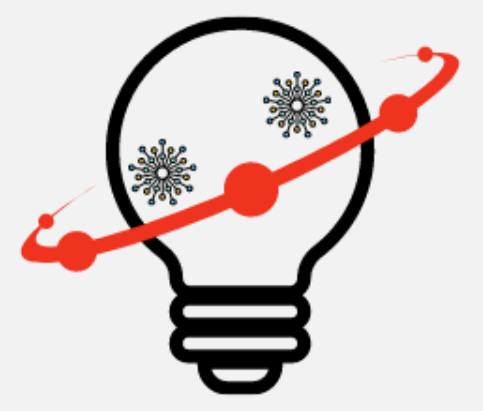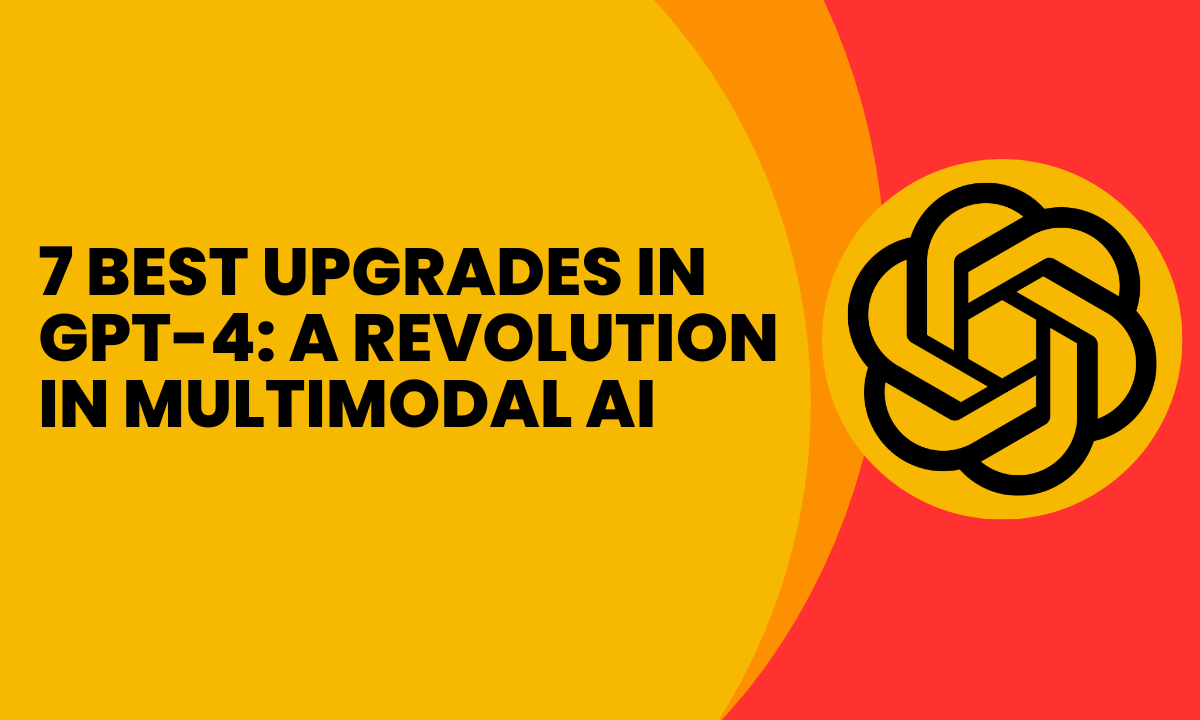The release of GPT-4 has caused quite a buzz in the tech industry. While the focus has been primarily on its ability to create a website from handwriting on a napkin, the multimodal capabilities of GPT-4 and Best Upgrades in GPT-4 is going to be impressive and you should read Insights from OpenAI’s GPT-4 Technical Report.
With releases this week in text-to-3D, speech-to-text, and even embodiment, we’re going to see how language and visual model innovations are complementing each other and beginning to snowball.
In this article, we will explore the incredible potential of GPT-4’s multimodal capabilities, including its ability to interpret complex medical imagery, read menus, and even recognize humor. We will also examine its capacity to read graphs and text from images, as well as its exceptional performance on the Text VQA Benchmark.
7 Best Upgrades in GPT-4 for Language and Vision Innovations
The Multimodal Capabilities of GPT-4
GPT-4 is an AI model that is capable of creating a website from handwriting on a napkin. With its full access to multimodal capabilities, GPT-4 has been releasing snapshots of its impressive abilities.
This article aims to showcase the imminent vision of GPT-4, as well as the latest releases this week in text to 3D text, inside 3D speech to text, and even embodiment.
You should also read about Insights from OpenAI’s GPT-4 Technical Report.
Humor Recognition
GPT-4 also demonstrates its raw intellect in recognizing humor, showcasing its ability to suss out why certain images are funny.
It’s impressive that GPT-4 can read menus and interpret the physical world, making it an amazing asset for visually impaired individuals. However, it won’t do faces for obvious privacy reasons, and it won’t allow the model to recognize cases.
Reading Graphs and Text from Images
The vision model inside GPT-4 possesses a fascinating ability to read graphs and text from images, making it a game-changer for complex diagrams and captions.
For example, it can interpret complex diagrams and captions from academic papers, such as the palm e paper, which was released only about three weeks ago.
GPT-4’s ability to read text from an image is even better than the previous state-of-the-art model. The average human performance is only seven percent better than GPT-4.
Medical Imaging
GPT-4’s ability to interpret medical images is impressive. In a recent study, GPT-4 was tested on medical questions and achieved outstanding results, even without being passed visual media such as images and graphs.
This is an exciting development for the medical field as GPT-4 has the potential to improve the accuracy and speed of diagnosis.
The Text VQA Benchmark
GPT-4’s exceptional performance on the Text VQA Benchmark is another testament to the model’s impressive capabilities.
With a score of 78, it outperformed the previous state-of-the-art model, which scored 72. This benchmark tests the model’s ability to read text from complex images, making it an essential tool for various industries.
Breaking Down Text Image 3D Borders
One of the most exciting aspects of GPT-4 is its ability to break down the borders of text image 3D and embodiment. It can translate even badly written natural language directly into code in Blender, creating detailed 3D models with fascinating physics.
Other companies, such as Adobe, are also jumping on board with editing 3D images using text. It’s only a matter of time before we go direct from text to physical models mediated through natural language.
Language Embedded Inside the Model
GPT-4 now has a language embedded inside the model, allowing it to interact with 3D models through text. It can pick out both text and higher-level concepts like objects. For instance, it captured a dense 3D field using 2D images from a phone.
With the help of language embedded inside the model, we can expect to see significant improvements in one area, bleeding into improvements in other areas.
Conclusion –
GPT-4 is a significant breakthrough in AI technology, with its multimodal capabilities allowing it to process a range of different types of media.
Its ability to interpret complex medical images, read graphs and text from images, and create 3D models with natural language is impressive and has the potential to change the world.
With its embedded language model, we can expect even more exciting developments in multimodal AI in the coming years.
Related Articles-

